We’ve all head the expression, “Can’t see the forest for the trees.” When you hear this, it usually means that someone has a blind spot. Could that apply to you and me?
It’s often hard to discern an overall pattern from a mass of detail, to see the big picture or the broad view. Yet, in business, we are confronted with this challenge every day. When important decisions are on the line for the company, this can be magnified a thousand-fold.
I suppose you can think of trees as “data points” which are ever-abundant. Big data has delivered on it’s promise, and data analytics is expected to make sense out of it. That’s good, but only up to a point.
In business, you need to make growth decisions of every stripe: new product, new market, new message, new something. Whatever the initiative, there’s the risk of the unknown. That implies that the data you have doesn’t completely answer the question. Most of these risky unknowns involve customers making buying decisions. Buying decisions are hard to predict, because buyers, even B2B buyers, are humans and humans aren’t rational.
Humans are also creatures of habit and don’t switch easily from past patterns. There’s always some legacy solution to their problem that may not work all that well, but it’s the one they have, and it has worked up until now. Considering a new way of doing things also takes effort away from other pressing matters vying for their immediate attention.
Also, in enterprise, you have a buying hesitation you might call “career risk”. If the new solution has broad implications for the business, choosing the wrong one could be career-threatening. If the decision is on a much smaller scale, it might still present the risk of embarrassment if things go haywire.
The point of all this is simple. If you’re selling something new or to new customers, you have risks. These risks can be mitigated, but not eliminated. This is why market research is a good investment. Including thoughtful market research in the planning cycle provides a lot of benefits in the risk mitigation department. It does cost money and takes time, but consider this: the worst that could happen is you have to shift your product formula in response to what you’ve learned or abandon an initiative that was mis-targeted to begin with.

